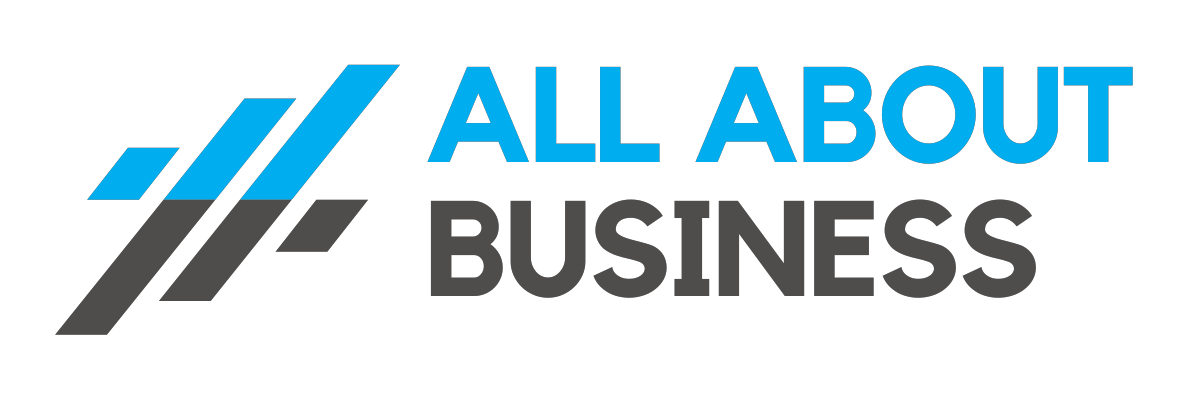In the realm of modern employment, the allure of freelancing, with its promise of independence and flexibility, has become increasingly prominent. As traditional work models are steadily being redefined, a rising number of professionals are considering the transition into freelance work, seeking to marry their skills with the freedom to choose when, where, and for whom they work.
However, the leap from a full-time job to freelancing is not a small one and requires significant preparation and strategic planning. This discourse will provide a comprehensive guide on how to embark on a freelancing journey, from setting clear goals to identifying the right clientele, while maintaining your current employment.
The further exploration into this topic will equip you with essential knowledge and strategies to overcome the challenges associated with this transition and optimally leverage the opportunities freelancing presents.
Key takeaways
- Starting a freelancing business offers more flexibility and financial stability whilst pursuing your passion.
- Setting clear goals is crucial for success in freelancing, as they determine the direction and focus of your career.
- Building a strong foundation for your freelance business includes creating examples of your work, choosing the right clients, and effectively pitching yourself.
- To succeed in freelancing, avoid competing on price, focus on a profitable niche, and aim to become the go-to resource for your target clients.
The Appeal of Starting a Freelance Business is highly enticing
For many individuals, the allure of starting a freelance business lies in its potential to offer more flexibility, lower costs, and an increasing number of opportunities in the evolving gig economy.
To tap into this, understanding how to start a freelancing business is crucial.
The journey begins with identifying a profitable niche, setting clear goals, and building a strong foundation that highlights your unique skills and value proposition.
Steps to Begin a Freelance Business Whilst Employed
- Assess your skills: Determine the specific skills you possess that are in demand in the freelance market. This could include writing, graphic design, web development, or any other expertise you have.
- Identify your target audience: Understand who your potential clients or customers will be. Research their needs, preferences, and pain points to tailor your services accordingly.
- Create a business plan: Outline your freelance business goals, strategies, and financial projections. This will help you stay focused and organized as you start your venture.
- Build a portfolio: Showcase your work by creating a portfolio that highlights your best projects and demonstrates your capabilities. This will serve as a powerful marketing tool when pitching to potential
Balancing a full-time job whilst launching a freelance business can be challenging, yet achievable with the right steps and strategies.
- Clearly define your freelance goals and identify a profitable niche.
- Build a quality portfolio to showcase your skills and attract potential clients.
- Learn to effectively manage time, ensuring clear delineation between your day job and freelance work.
These initial steps lay a firm foundation for your freelancing journey.
Defining Your Freelancing Goals
Establishing clear and achievable goals is a critical first step in launching a successful freelancing business.
Define whether freelancing is to supplement income or eventually transition to a full-time gig.
Set realistic financial targets, and consider lifestyle changes that may accompany freelancing.
Aligning these goals with long-term aspirations will provide a solid foundation and guide strategic decisions in your freelancing journey.
Identifying a Profitable Niche
Navigating the vast landscape of freelancing, identifying a profitable niche is a critical step. This is designed to position your services optimally within a specific market segment.
- Research potential niches, identifying those with high demand and low competition.
- Align your niche with your skills and interests for long-term sustainability.
- Validate your niche by ensuring it has paying customers who value your unique offerings.
Targeting ideal clients
Having identified and validated a profitable niche, the subsequent strategic move involves pinpointing and reaching out to your ideal clients within this niche.
This may involve market analysis to understand customer needs, behaviours, and preferences. It’s also about using your skills to solve problems for these customers.
Your marketing and communication efforts should be tailored to appeal directly to this group, increasing your chances of securing profitable projects.
Pricing Your Services Strategically
Determining the correct pricing strategy for your freelance services is a crucial step in ensuring the profitability and sustainability of your business. Consider the following strategic tips:
- Research prevailing market rates for similar services.
- Factor in your experience, specialisation, and value addition.
- Regularly review and adjust prices as necessary, based on your business growth and changes in the market demand.
Creating a Professional Portfolio Website
Establishing an online presence through a professional portfolio website is a critical step in launching a successful freelancing business.
This digital platform serves as a visual representation of your skills, experiences, and notable accomplishments to prospective clients.
Additionally, a well-crafted site can effectively communicate your unique personal brand, further distinguishing your services in the competitive freelance market.
Showcasing Your Work and Skills Online
In the world of freelancing, creating a professional portfolio website serves as a dynamic platform to showcase your work and skills to potential clients. It’s crucial to:
- Highlight relevant projects to demonstrate proficiency and style.
- Include testimonials to build credibility.
- Regularly update your portfolio, ensuring it accurately reflects your current capabilities and experiences.
This will help to attract the most suitable clients.
Developing Your Service Offerings
When venturing into the freelancing world, crafting your unique service offerings is a pivotal step that requires careful thought and strategic planning.
Identify your strengths and how you can leverage them to meet the needs of your target market.
Tailor your offerings to showcase your expertise and differentiate yourself from competitors.
Selecting Your Initial Clients Carefully
Carefully selecting your initial clients can set the tone for your freelancing journey, potentially influencing the trajectory of your business. Here are three key considerations:
- Relevance: Choose clients that align with your skills and business objectives.
- Reputation: Opt for clients who have a positive standing in the industry.
- Payment: Ensure your clients are reliable and punctual in their payments. This can secure your financial stability.
Mastering the Art of Self-Promotion
Mastering the art of self-promotion is a crucial component in the successful development and growth of your freelance business.
This involves showcasing your skills, experiences, and value proposition to potential clients.
Effectively marketing yourself requires a compelling narrative, a strong online presence, and the confidence to share your achievements.
Conclusion
In conclusion, embarking on a freelancing journey can be a fulfilling and financially rewarding venture when approached strategically and thoughtfully.
- Recognise your skill set and utilise it to build a profitable niche.
- Prioritise building a robust, professional portfolio to attract clients.
- Stay committed to your goals and continually adapt your strategies for success.
With hard work and persistence, your freelancing business can thrive.
Frequently Asked Questions
How do I handle taxes and financial management as a freelancer?
As a freelancer, handling taxes and financial management involves diligent record-keeping, understanding self-employment tax obligations, setting aside income for taxes, tracking business expenses for deductions, and potentially hiring a tax professional for guidance and assistance.
What resources are available for freelancers to find clients and job opportunities?
There are plenty of resources available for freelancers who are looking for clients and job opportunities. These resources include online platforms such as Upwork, Fiverr, and Freelancer, networking events, job boards that are specific to certain industries, social media, and recommendations from existing clients.
How do I maintain work-life balance whilst running a freelance business?
Maintaining work-life balance in freelancing involves setting clear boundaries, such as designated work hours and personal time. It’s crucial to prioritise tasks, manage time efficiently, take breaks, and ensure self-care to avoid burnout.
What Are Some Practical Strategies to Deal With Irregular Income in Freelancing?
To manage irregular income in freelancing, implement strategies such as maintaining a robust emergency fund, diversifying income streams, setting a realistic budget, and regular financial forecasting. This can mitigate financial instability during periods of low income.
What are the key legal considerations or requirements when starting a freelance business?
Key legal considerations for starting a freelance business include understanding taxation obligations, business registration, intellectual property rights, contract law, and, if needed, visa requirements for working in a foreign country. Always consult with a legal professional.


